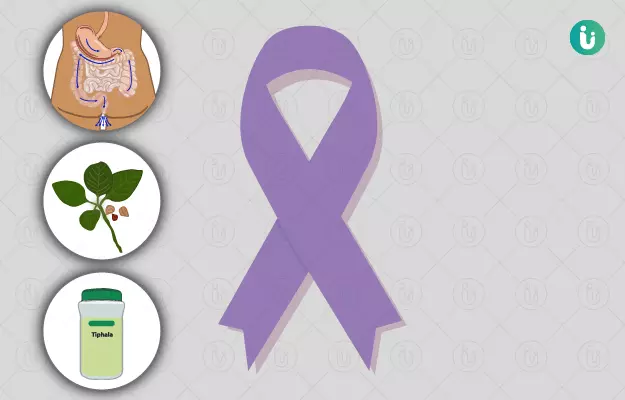There is no definitive term for cancer in Ayurvedic medicine. In Ayurveda, cancer was viewed as a swelling, which could be elevated or deep-rooted, often like that an ulcer. The ayurvedic term used to denote such swellings and lumps is arbuda and that is what we will be using to denote this condition in the rest of the article. Cancer generally develops slowly in the beginning; and in the early stages, it is usually less painful.
According to Ayurveda, cancer is caused due to vitiation of doshas, which in turn afflict the rakta and mamsa dhatus. Various dietary and environmental factors like regular consumption of unwholesome food, meat, tobacco chewing and smoking, chemical and mechanical irritants (sunlight and radiation), and use of certain medicines can cause cancer. Occupational exposure to carcinogens, and air and water pollution can also lead to cancer.
Ayurveda describes numerous treatments for cancer that include detoxification of body and removal of tumours. Treatments for arbuda include snehana (oleation), swedana (sudation or sweat therapy) like tapa (fomentation) and upanaha (application of hot poultice), virechana (purgation), basti (enema), raktamokshana (bloodletting), agni karma (thermal cauterization), kshara karma (cauterization with alkalies), and shastra karma (surgical therapy). Herbs used in the management of cancerous tumours are pippali (long pepper), guduchi (giloy), brahmi (waterhyssop), haridra (turmeric), ashwagandha (Indian ginseng) yashtimadhu (mulethi), etc. Some Ayurvedic medicines with herbomineral combinations that are used in cancer management are rudra rasa, triphala, kanchanara guggulu and mahamanjishthadi kwatha.


















